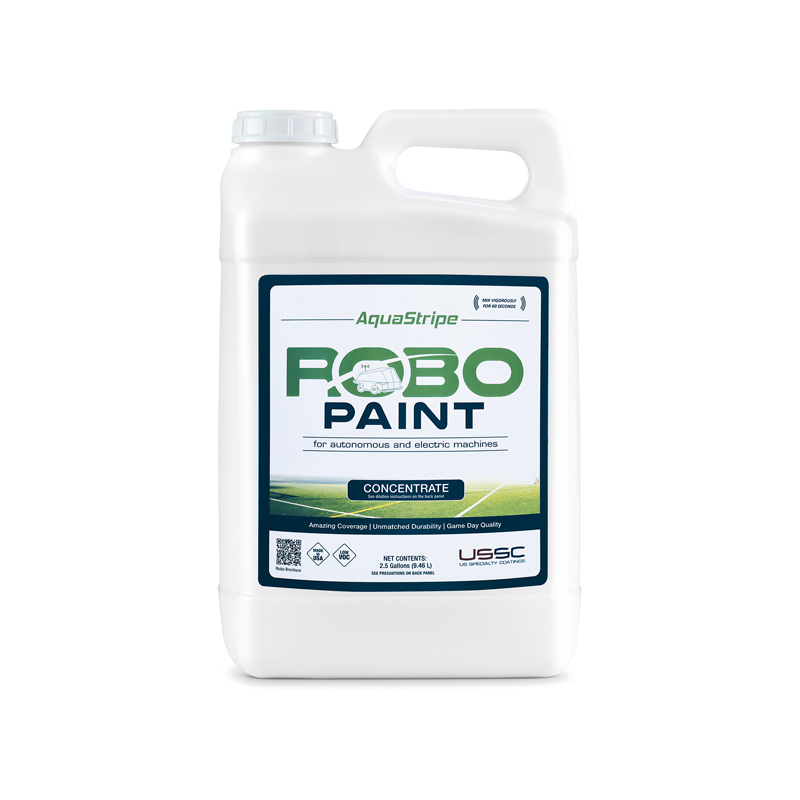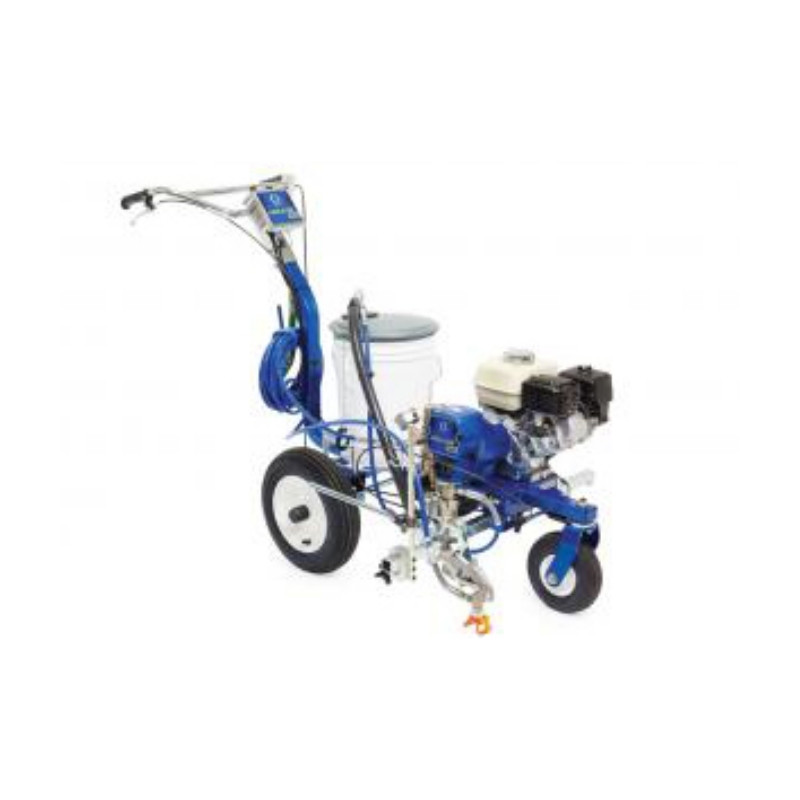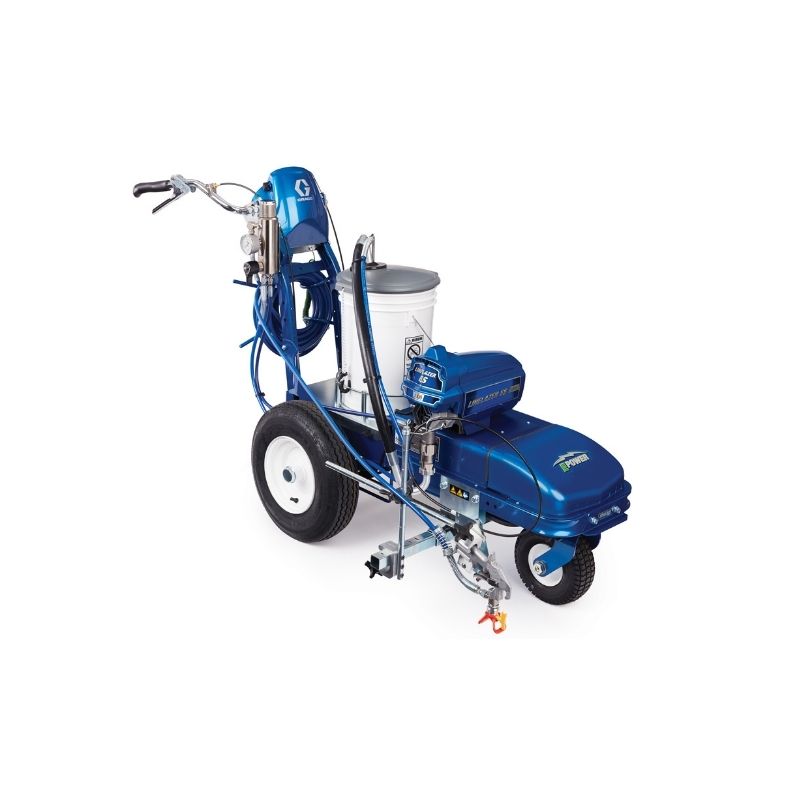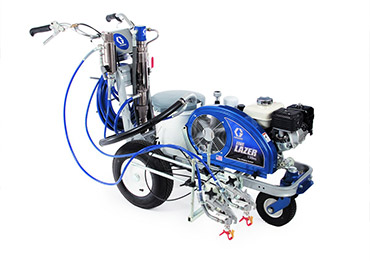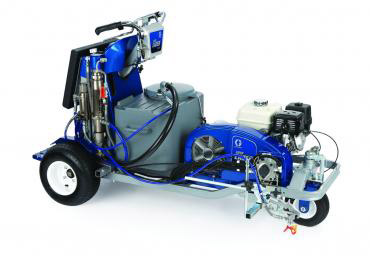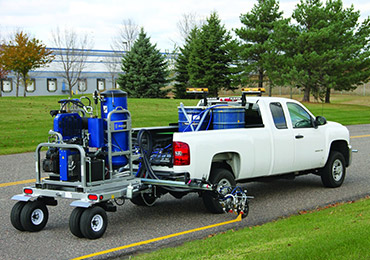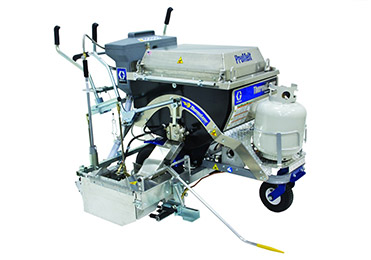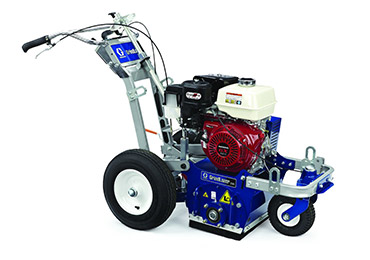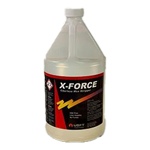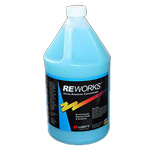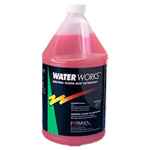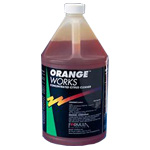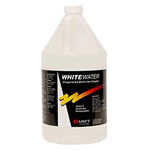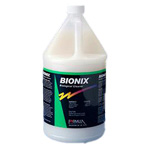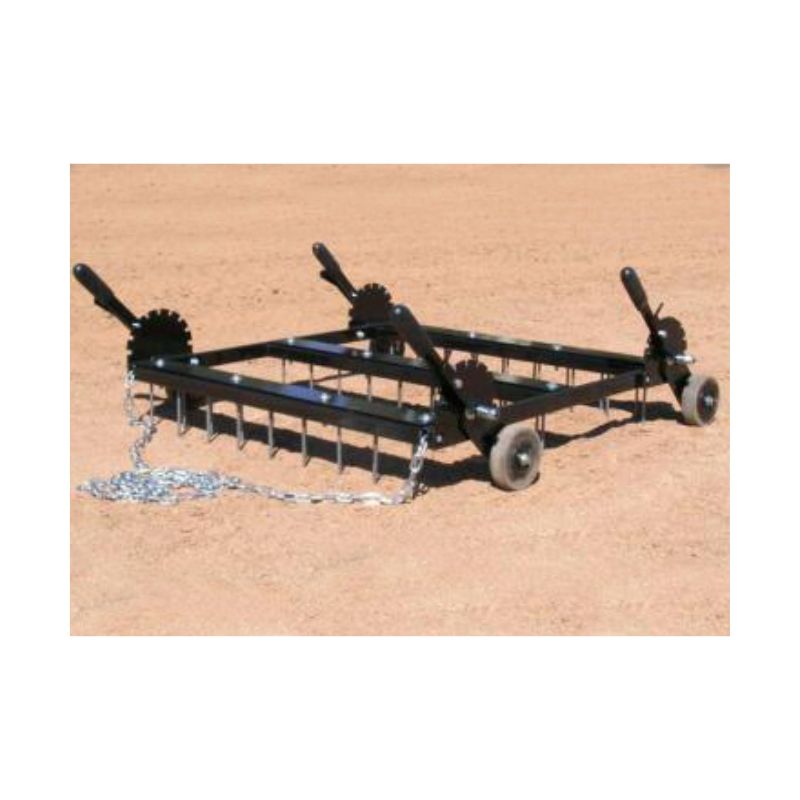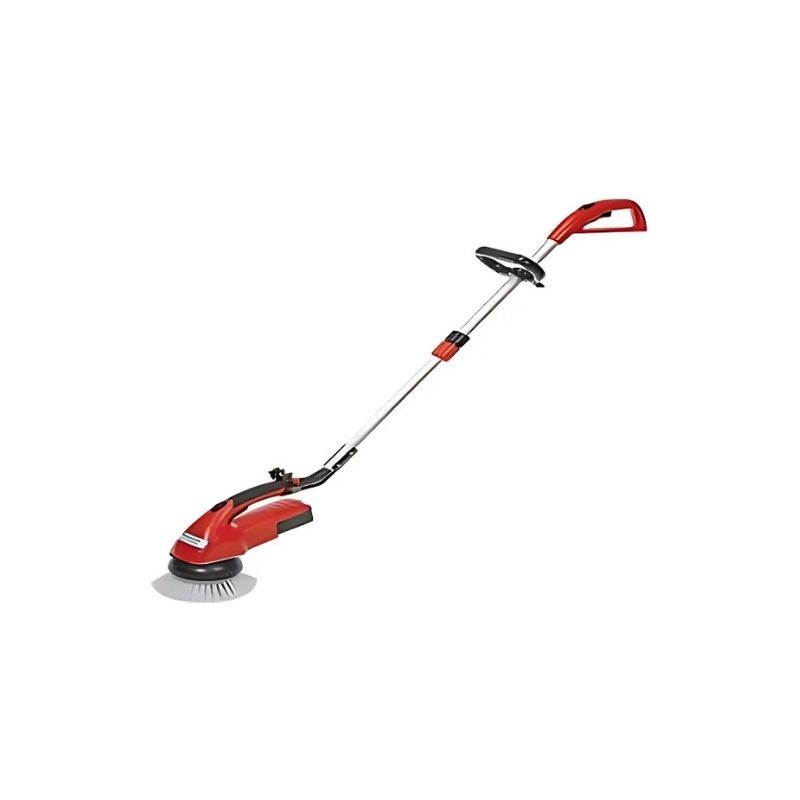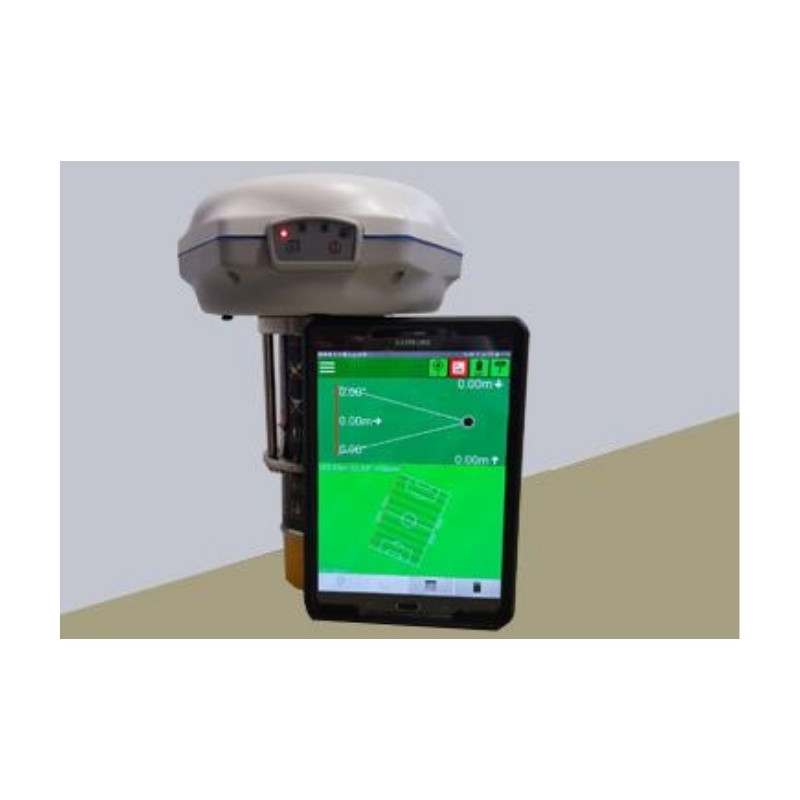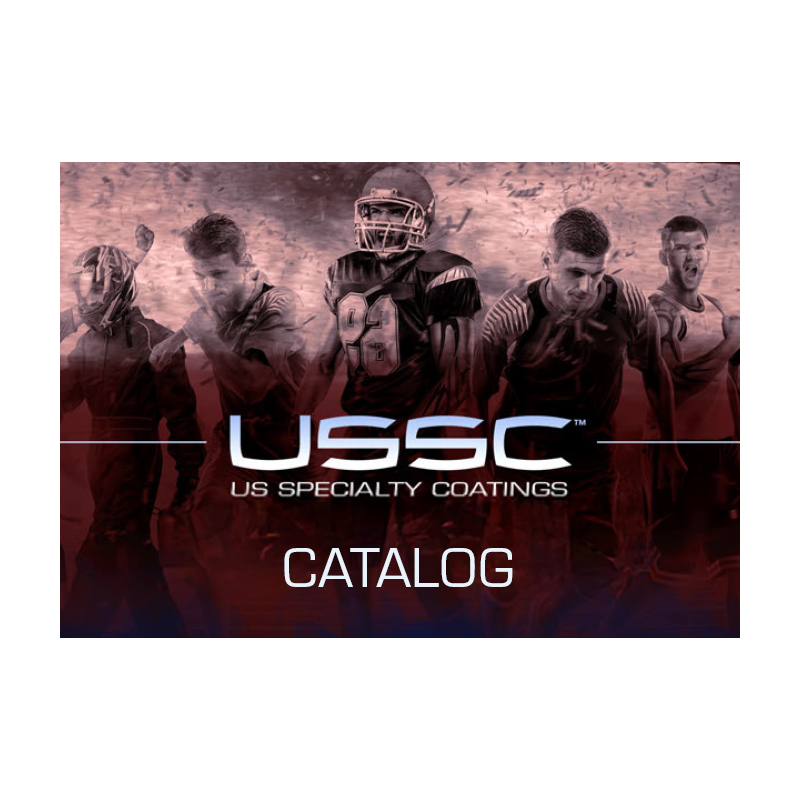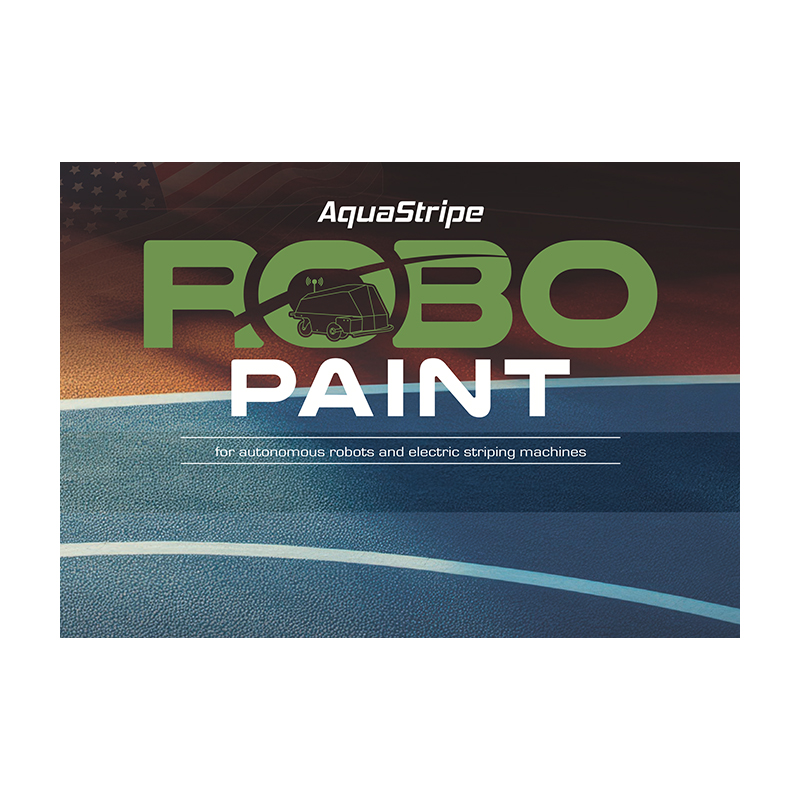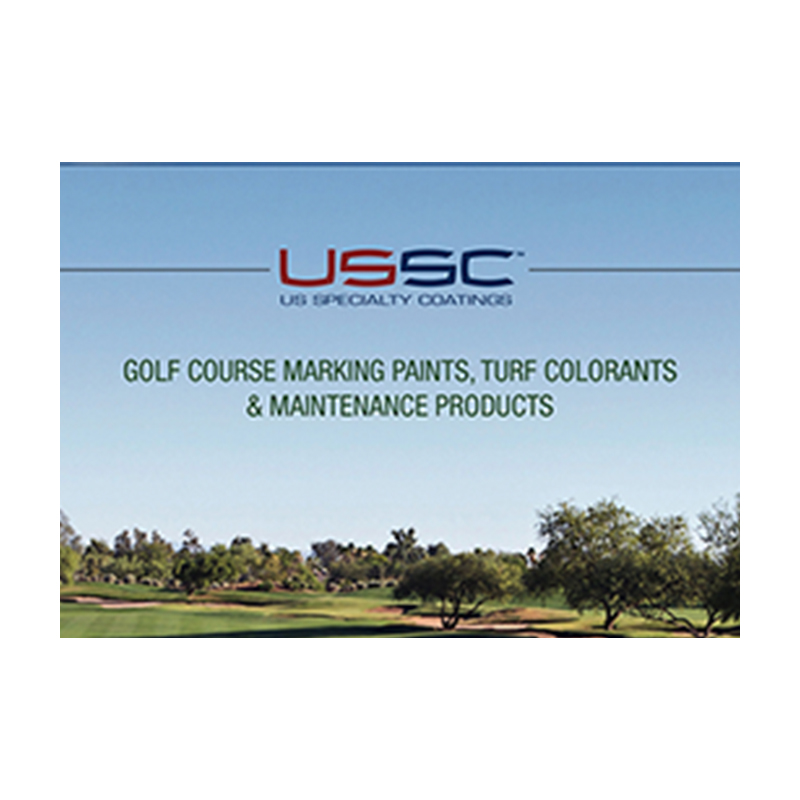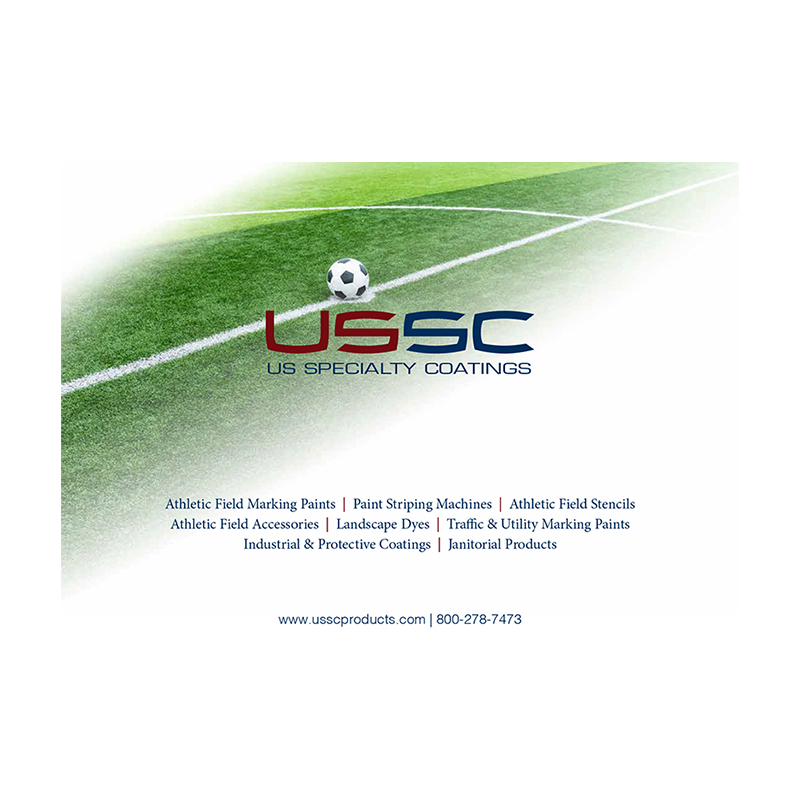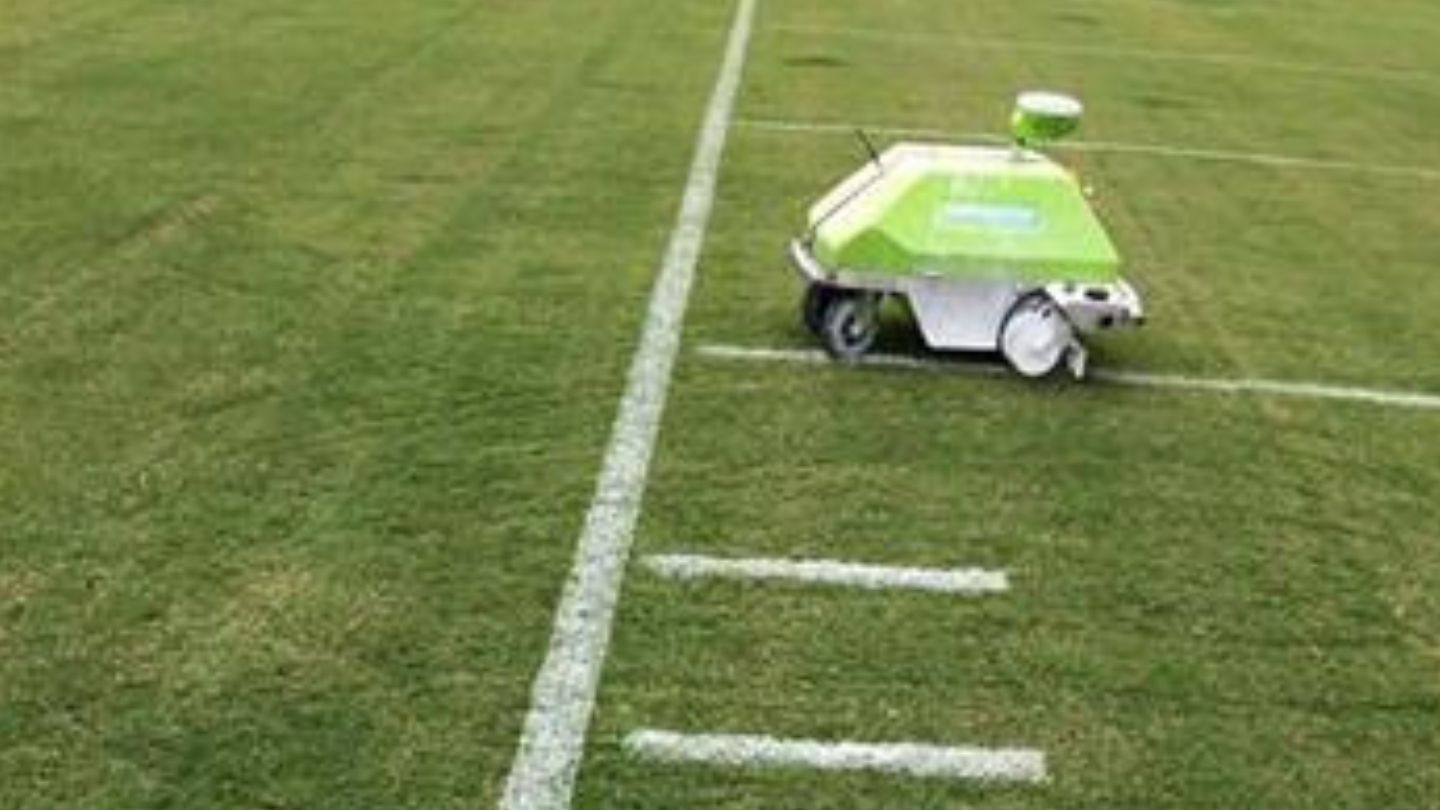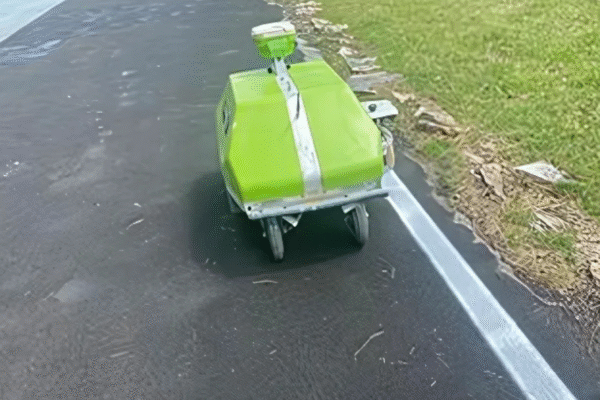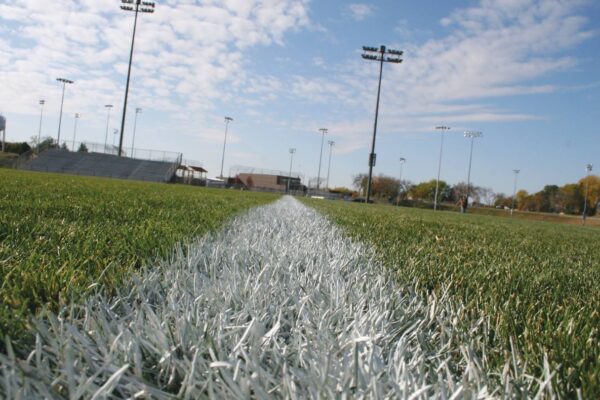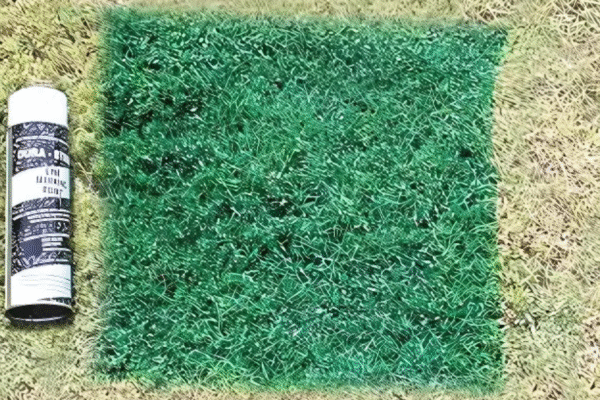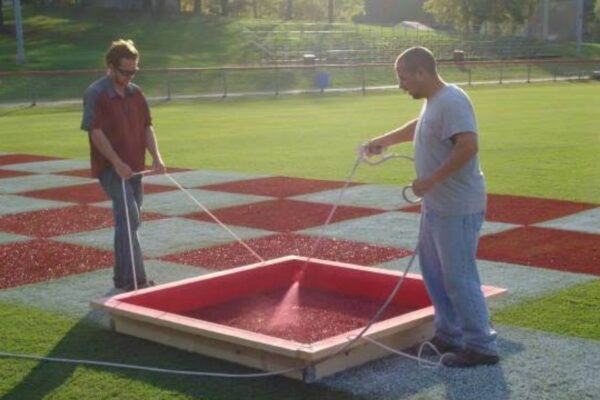Preventative Maintenance Tips for Field Striping Equipment
Preventative maintenance is key to keeping your field striping equipment running smoothly and efficiently. In this blog, we provide top preventative maintenance tips for field striping equipment to ensure your equipment lasts longer and works better. From cleaning to calibration, follow these steps to avoid costly downtimes and maintain high-quality striping.
Key Takeaways
- Regular cleaning and inspection of line striping equipment are crucial for preventing clogs and wear, ensuring optimal performance and longevity.
- Proper lubrication and calibration are essential to maintain smooth operation and precision in line striping, contributing significantly to project quality.
- Optimal storage practices, along with regular checks on pressure settings and tire maintenance, help protect equipment from damage and ensure readiness for use.
Regular Cleaning Procedures
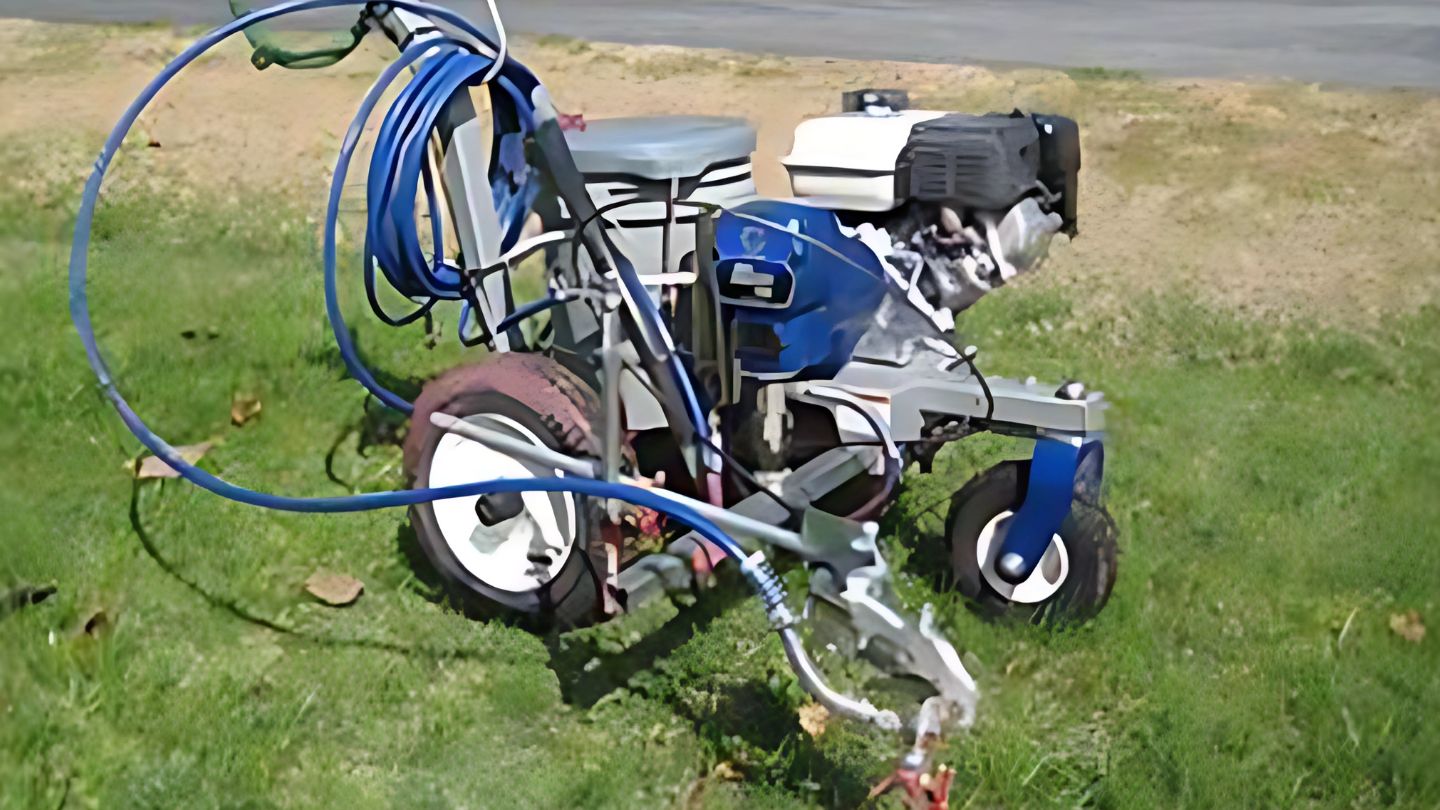
A clean machine is a happy machine. Regular cleaning prevents paint residue buildup and ensures optimal performance of your line striping machine. Creating a routine cleaning schedule that involves thorough cleaning after each use is crucial. Ensure no hardened paint remains in hoses and filters to prevent clogs and operational inefficiencies.
Begin by focusing on removing dried paint or debris from all components, particularly nozzles and hoses. These areas are most susceptible to blockages that can disrupt the smooth functioning of your equipment. Using a suitable cleaning solution recommended by the manufacturer can make this task easier and more effective. A documented cleaning routine ensures consistent maintenance practices, which are vital for your equipment’s longevity.
Regular cleaning extends the equipment’s life and maintains optimal performance. Whether you are using manual methods or more advanced cleaning techniques, the goal remains the same: to keep your line striping machine free from debris and running smoothly.
Regular cleaning prevents buildup, ensuring your equipment functions smoothly and produces high-quality line striping without interruption.
Inspecting for Wear and Tear
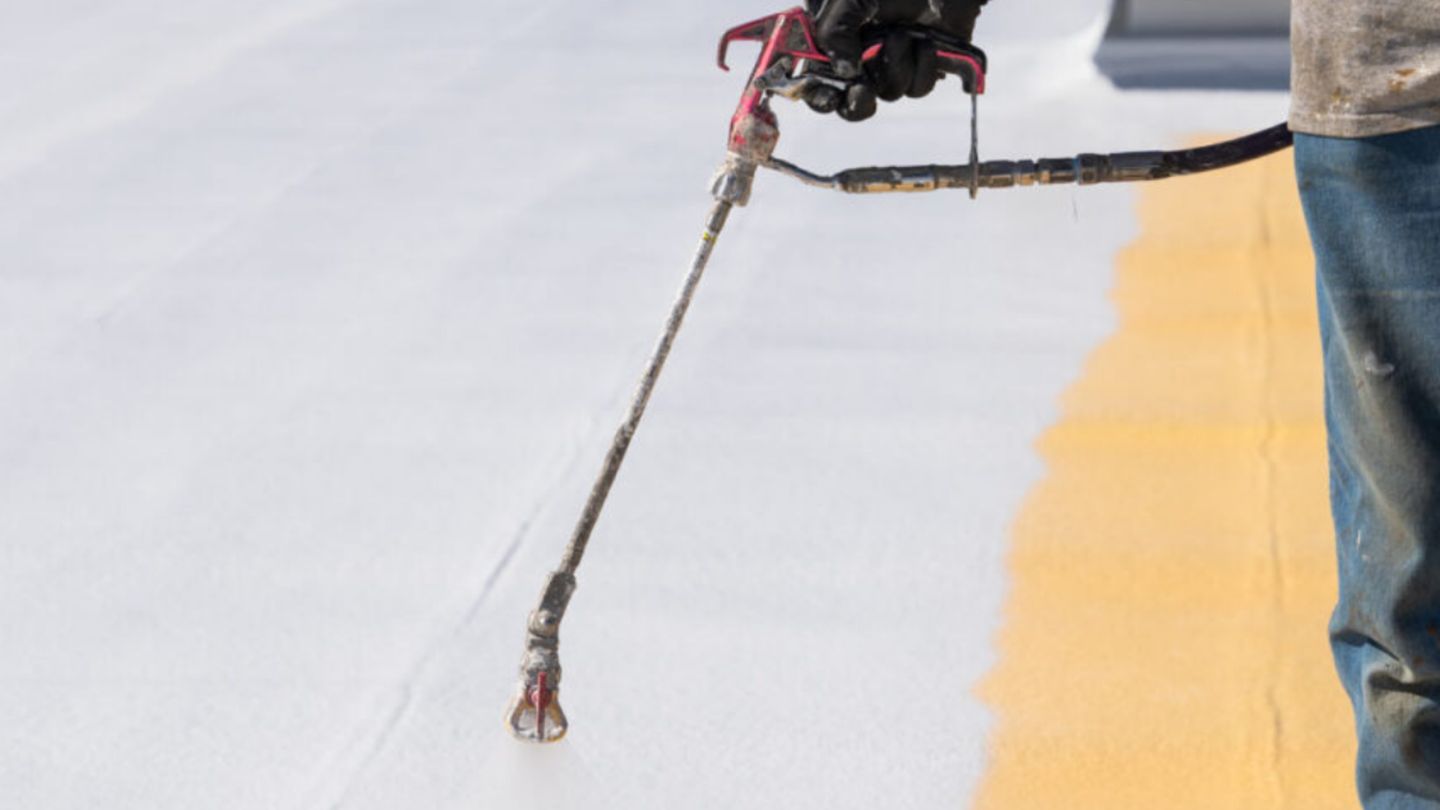
Inspections are fundamental to proper maintenance. Regularly inspect for the early identification of wear and tear, preventing minor issues from escalating into a major project. Conduct a routine inspection schedule or check after major projects to keep your equipment in top condition with five essential maintenance tips.
Inspect key components such as hoses, nozzles, and filters:
- Hoses: Regularly check to prevent paint leaks and operational inefficiencies.
- Nozzles: Inspect to ensure proper spray patterns, as wear can affect line quality.
- Filters: Regularly clean to prevent blockages and disruptions in paint flow, as well as to manage paint splatters and ensure the correct spray tip is used.
Visible signs of damage like cracks, fraying, and blockages indicate the need for replacement.
Proactive inspections can greatly extend the lifespan of your line marking machines. By identifying and replacing worn-out parts early, you ensure that your equipment continues to function efficiently and effectively. This not only saves time and money but also guarantees high-quality results on the sports fields. Field marking requires precision for both appearance and playability. Learning the common mistakes to avoid when using a striping sports field machine, such as uneven pressure or skipping regular calibration, can save time and maintain consistent, professional-quality lines.
Incorporating routine inspections into your maintenance plan keeps your line striping equipment in peak condition. Tear regularly inspect for wear and tear is a small time investment that yields significant returns in performance and longevity.
Proper Lubrication Techniques
Lubrication is the lifeblood of any machine with moving parts. Lubrication reduces friction, extends lifespan, and enhances performance. Regular lubrication of the moving parts in your line striping machine is essential for maintaining its smooth operation.
Using a high-quality lubricant recommended by the manufacturer is crucial for optimal performance. Focus on components such as wheels, gears, and axles during lubrication, as well as the equipment’s moving parts. These parts are often subject to significant wear and tear and require regular maintenance to function correctly.
Regular lubrication prevents premature wear and keeps your line painting equipment in excellent condition. Focusing on pistons and other moving parts can significantly extend your equipment’s durability and efficiency.
Regular lubrication involves using the right lubricant in the right places to keep your equipment running smoothly and efficiently, including moving parts proper lubrication and parts proper lubrication. Regular lubrication enhances performance.
Calibration for Precision
Precision sets professional line striping and line striper apart from amateur efforts. Accurate line striping demands precise equipment calibration. Make sure to calibrate it correctly for the best results. Regular calibration ensures lines are straight, evenly spaced, and uniform in line width, crucial for high-quality results.
Periodic calibration checks maintain your line striping machine’s accuracy. To ensure consistent, crisp lines:
- Adjust machine settings according to the manufacturer’s specifications.
- Ensure spray nozzles are correctly aligned.
- Adjust pressure settings based on the paint type.
Calibration is an ongoing process requiring attention to detail and regular calibration checks. Regular, precise calibration ensures your lines are precise and of the highest quality, making a significant difference in your projects through a step-by-step process.
When selecting equipment, it’s important to consider factors like surface type, project scale, and paint compatibility. Following expert tips on how to choose the right paint striping machine ensures you get the best results while maximizing efficiency and durability.
Optimal Storage Practices
Storing your line striping machine properly is critical to protecting it from environmental damage and ensuring its longevity. Proper storage of striping machines guarantees optimal performance and minimizes downtime from environmental factors, including the use of a tip guard.
To properly store your machines:
- Store them in a cool, dry environment to prevent humidity and temperature-related issues.
- Use a shed or garage to avoid weather damage and rust.
- Before storage, clean the equipment thoroughly.
- Ensure all parts are dry to avoid damage.
Parking lots require clear, durable lines for safety and organization. Understanding the different types of striping machines for parking lot line marking helps you decide between manual, walk-behind, or ride-on models, depending on traffic flow and project size.
Optimal storage practices minimize downtime and ensure your equipment is ready for action when needed on the sports field, including proper organization in the parking lot. A proactive approach minimizes downtime, and proper maintenance includes active use and off-season proper storage care.
Pressure Settings and Tire Maintenance
Maintaining proper pressure settings and tire condition is crucial for safe and effective operation. Check and adjust pressure settings for even distribution of the right paint. Verify pressure settings before each job, as adjustments are necessary for different paints and surfaces.
Proper tire pressure is essential for stability and consistent lines during operation. Daily tire pressure checks prevent operational issues, ensuring your equipment remains in peak condition. Proper tire maintenance guarantees smooth and accurate line marking.
Attending to pressure settings and tire maintenance ensures your machine correctly operates efficiently and safely, producing high-quality results as outlined in the manufacturer’s guidelines and the owner’s manual.
Seeking Professional Assistance
Despite your best efforts, issues may arise that require professional assistance. Seeking help for major issues or reduced efficiency can guarantee professional results. Professionals can identify and rectify issues not apparent to the operator, which can impede performance, improving efficiency and making all the difference in reducing downtime.
Engaging a professional can enhance your equipment’s longevity and performance. Professional technicians offer advanced troubleshooting and can streamline your machine’s operation, ensuring your equipment functioning smoothly and effectively.
Final Thoughts
Keeping field striping equipment in top condition requires consistent care and attention. This guide highlighted the most important preventative maintenance tips, including cleaning, inspections, lubrication, calibration, storage, and tire upkeep, all of which help maximize performance and extend equipment life. Regular maintenance ensures reliable, high-quality striping results every time.
US SPECIALTY COATINGS provides durable and innovative striping machines designed for precision and efficiency. By pairing these machines with proper preventative maintenance, you can achieve long-lasting performance, reduce costly downtime, and maintain professional-quality field markings season after season.
Frequently Asked Questions
How often should I clean my line striping machine?
You should clean your line striping machine after every use to prevent paint residue buildup and maintain optimal performance. Regular cleaning is essential for its longevity and efficiency.
What components should I inspect regularly?
Regular inspection of hoses, nozzles, and filters for visible damage like cracks, fraying, and blockages is essential to ensure optimal performance. This proactive approach can prevent more significant issues down the line.
Why is lubrication important for my line striping machine?
Lubrication is essential for your line striping machine as it reduces friction, extends the lifespan of the equipment, and enhances overall performance. Regular maintenance through lubrication also prevents rust and wear on moving parts.
How often should I calibrate my line striping equipment?
You should regularly calibrate your line striping equipment to ensure accurate lines and optimal stripe quality, adhering to the manufacturer’s specifications for adjustments. This practice is essential for maintaining performance and achieving precise results.
When should I seek professional assistance for my line striping equipment?
You should seek professional assistance when facing major issues or a noticeable reduction in efficiency. Experts can diagnose problems effectively and improve the performance of your line striping equipment.








